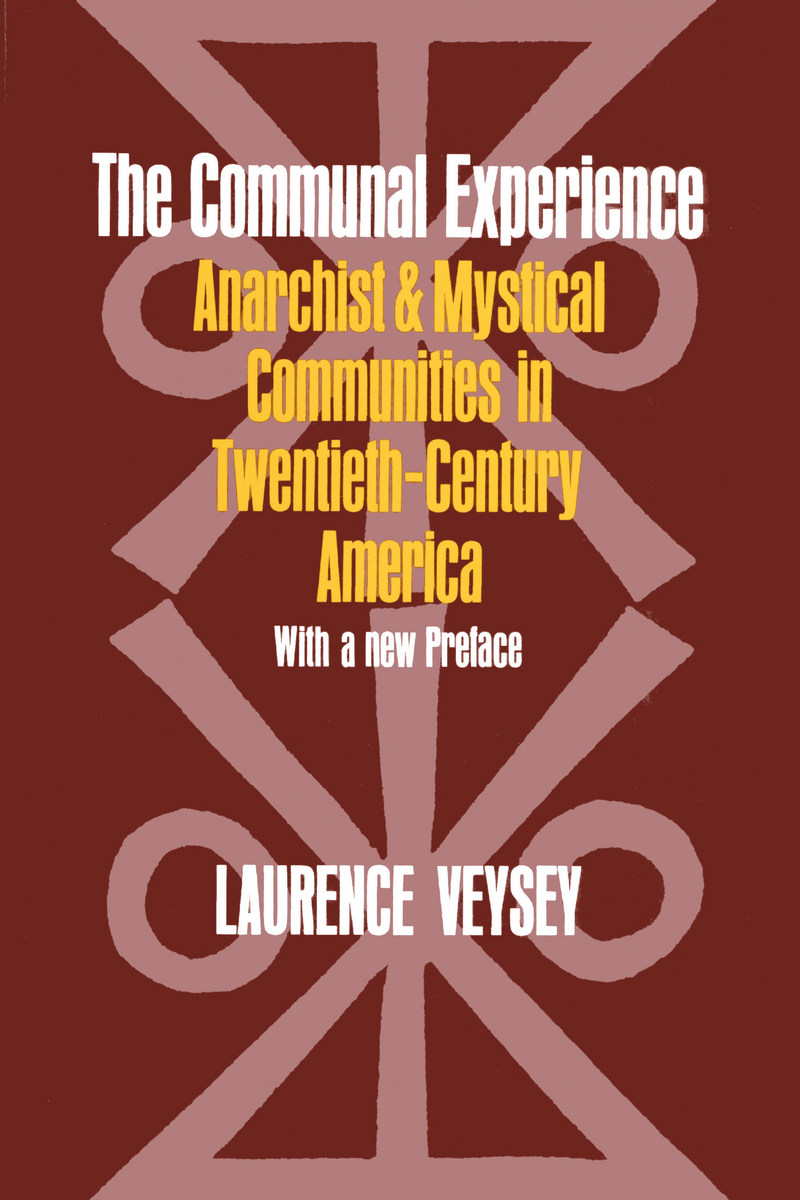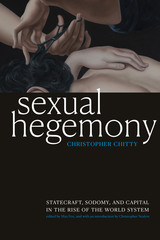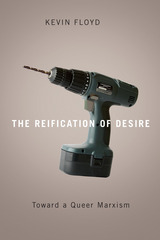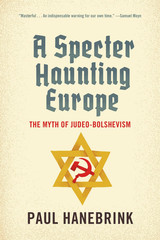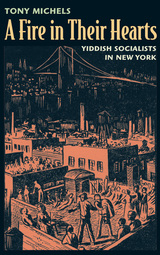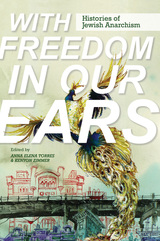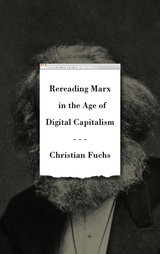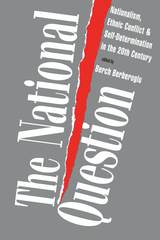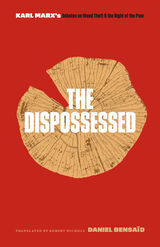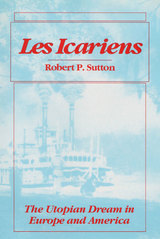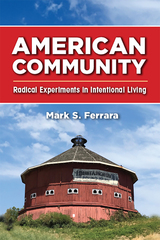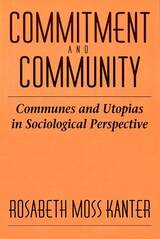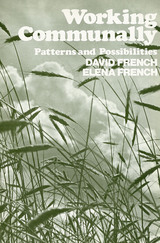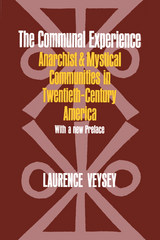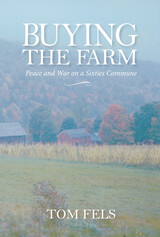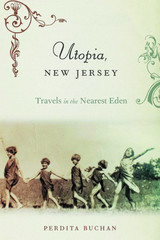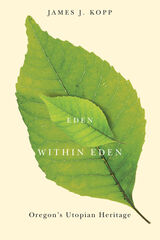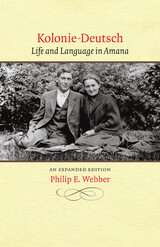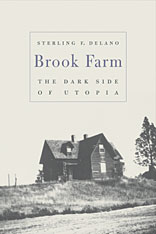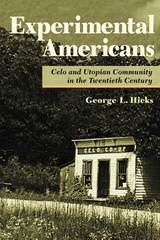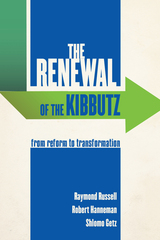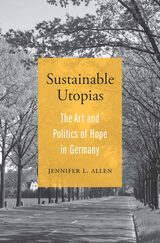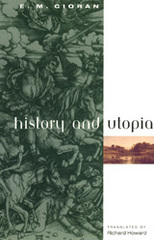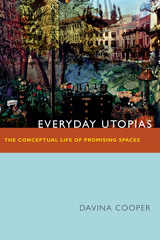The Communal Experience: Anarchist and Mystical Communities in Twentieth Century America
University of Chicago Press, 1978
Paper: 978-0-226-85458-8
Library of Congress Classification HX654.V48 1978
Dewey Decimal Classification 335.973
Paper: 978-0-226-85458-8
Library of Congress Classification HX654.V48 1978
Dewey Decimal Classification 335.973
ABOUT THIS BOOK | TOC | REQUEST ACCESSIBLE FILE
ABOUT THIS BOOK
The original impulse for groups to separate from society and establish communities of their own was religious. Though the religious side of this drive toward separation remains strong, the last two centuries have seen the appearance of secular communities with a socialist or anarchist orientation. In The Communal Experience, nominated for a National Book Award in 1973, Laurence Veysey explores the close resemblances between the secular and religious forms of cultural radicalism through intensive observation of four little-known communities.
Veysey compares the history of secular communities such as the early Ferrer Colony and Modern School, of Shelton, New Jersey, with contemporary anarchist communities in New York, Vermont, and New Mexico. Religious communes—"Communities of Discipline"—such as the Vedanta monasteries of the early twentieth century are compared with contemporary mystical communities in New Mexico. Distinctions between the anarchist and the mystical groups are most obvious from their approach to communal life. As Veysey shows, anarchist communities are loose, unstructured, voluntaristic; the mystics establish more rigid life-styles, focus on spiritual leaders, and hold community a secondary goal to self-realization. In a new preface written for this Phoenix Edition, he describes his return to a New Mexican mystical community and the changes that have occurred in the six years since his last visit.
Veysey compares the history of secular communities such as the early Ferrer Colony and Modern School, of Shelton, New Jersey, with contemporary anarchist communities in New York, Vermont, and New Mexico. Religious communes—"Communities of Discipline"—such as the Vedanta monasteries of the early twentieth century are compared with contemporary mystical communities in New Mexico. Distinctions between the anarchist and the mystical groups are most obvious from their approach to communal life. As Veysey shows, anarchist communities are loose, unstructured, voluntaristic; the mystics establish more rigid life-styles, focus on spiritual leaders, and hold community a secondary goal to self-realization. In a new preface written for this Phoenix Edition, he describes his return to a New Mexican mystical community and the changes that have occurred in the six years since his last visit.
See other books on: Anarchist | Collective settlements | Radicalism | Twentieth Century America | Veysey, Laurence R.
See other titles from University of Chicago Press
